NFTs became a widely popular topic sometime last year and now they seem to be absolutely everywhere taking over the entire cryptoverse. No more are non-fungible tokens limited to solely digital art but are expanding to areas such as gaming, sports, music, and much more.
Quite likely, you have stumbled across this article because your head is spinning with questions like “How? Why? What?” How on earth is it possible that you can own something digitally unique when it’s taken straight from the internet and is available for anyone?
What sort of things can you buy, sell and trade as NFTs? Can you tokenize a photo of your dog? Well, yes. But the questions remain... How? Why? What?
To help you wrap your head around this new phenomenon, we have selected 6 different types of NFTs to learn why they have become so popular and what is their functionality.
What are NFTs and how do they work?
A non-fungible token (NFT) is an approach to tracking as well as adding value to a unique piece of digital media. In essence, it is a digital version of a concrete collector’s item that is stored in a digital wallet or blockchain, offering proof of unique ownership and authenticity.
Non-fungible simply means one of a kind or with only a limited number of items available, such as art and various collectibles. The main example of a fungible asset is money - all 100$ bills are inherently the same.
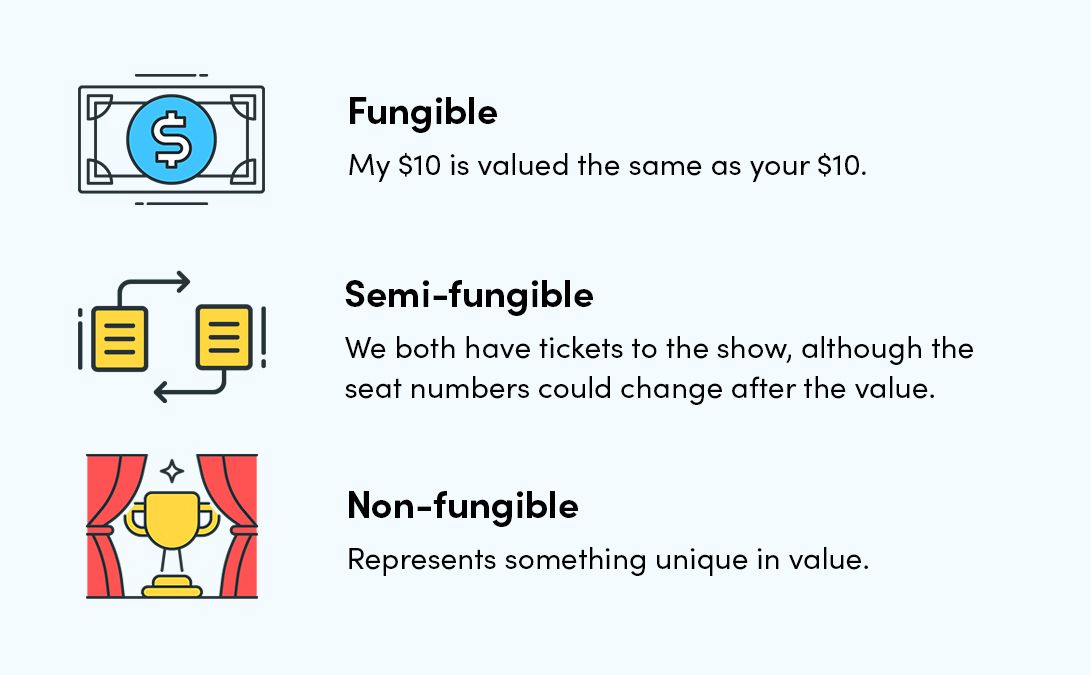
All the NFTs share the same qualities of being immutable, unique, permanent, counterfeit resistant, are probably scarce, and have blockchain-backed value.
Due to these qualities, non-fungible tokens have been taken into use in many different fields, amplifying the NFT ecosystem as a whole. This is also the reason why there are so many talks about NFTs reaching the mainstream market.
6 most popular types of NFTs
Collectors have been very active in the course of 2021, trying to get their hands on tokens that will retain value and be appreciated over time. And naturally, many companies in different fields have made moves to keep up with the demand and provide value in their business sectors.
So let's dive into different kinds of NFTs and how they can be beneficial to brands and fans alike.
1. Digital Art NFTs
Digital art is one of the most popular types of NFTs and is simple enough to understand even for those who are not that familiar with the crypto world. This is simply because it can be connected to traditional ways of selling and collecting art.
As everyone knows, special pieces of fine art have been acquired by collectors and investors for centuries. But the most valuable pieces are the original artworks, not the copies. The same applies when talking about collecting and investing in digital art.
Before NFTs became popular on the market, digital artists were faced with many challenges. The main issue was that others were easily able to replicate their works meaning that the artwork decreased in scarcity and value.
This is where ERC721 comes into play. Whereas it’s similar to ERC20 tokens in many ways, the purpose of ERC721 to be the technical standard for non-fungible tokens on Ethereum blockchain. With the possibility to track the ownership and movements of individual tokens within the block, ERC721 allows the chain to recognize NFTs.
Naturally, due to ERC721 functionalities of traceability and ownership, many tech-savvy creatives see NFTs as a perfect opportunity to support and showcase their digital artwork.
Example of digital art NFT - Beeple
Beeple (Mike Winkelmann) is one of the most known NFT artists. His NFT collage Everydays: the First 5000 Days took him 13 years to create, consists of 5000 digital images, and was sold for $69 million in October 2020.
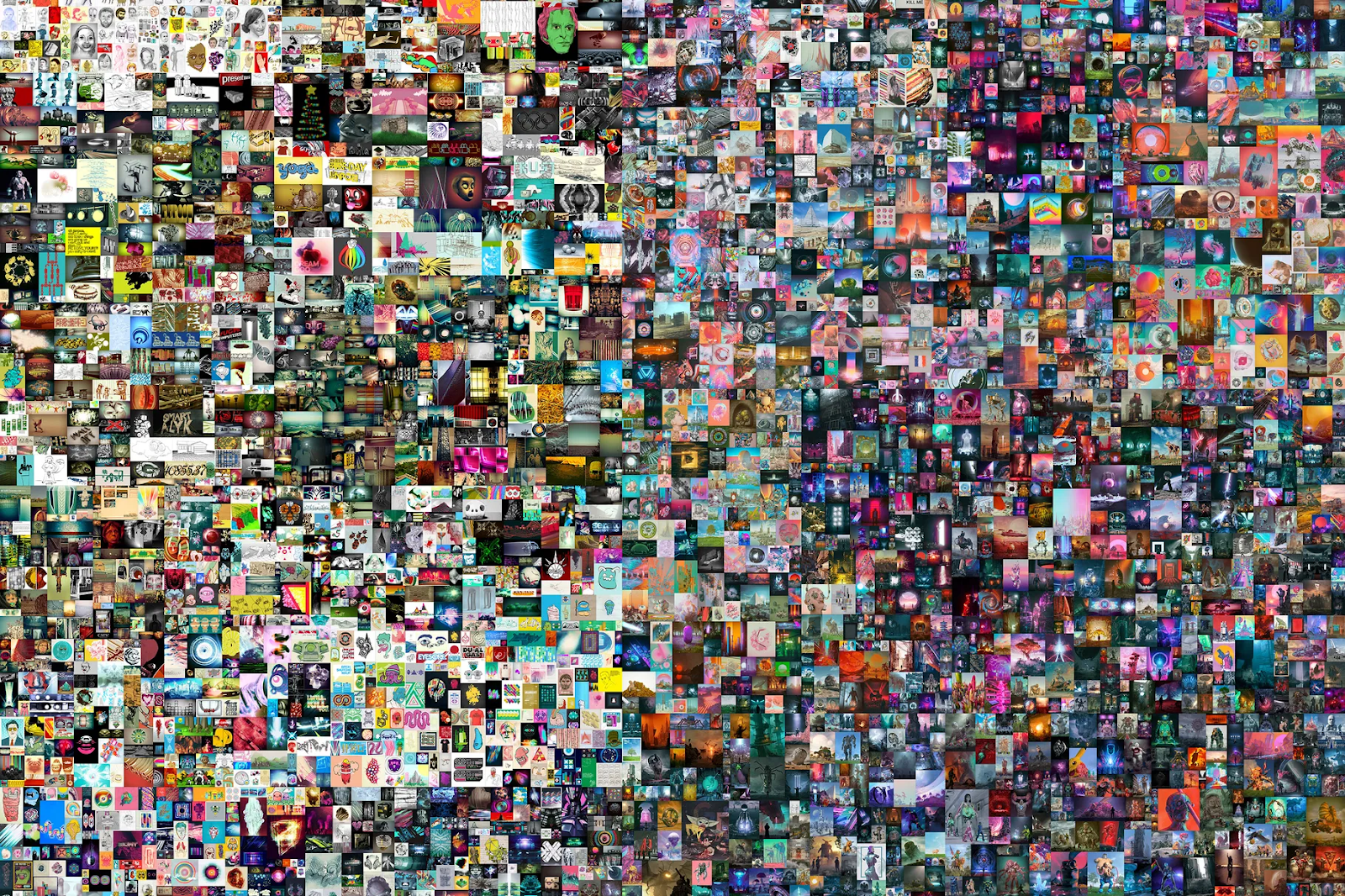
At the moment, this piece of art remains the most expensive NFT ever sold and is also the third most expensive artwork sold by a living artist.
Example of digital art NFTs - Bored Ape Yacht Club
Bored Ape Yacht Club is another famous example of digital art NFTs, although it could also be put under a separate category of profile picture NFTs, which have been gaining enormous popularity. The collection consists of 10 000 algorithmically generated unique avatars of apes.
The owners of the avatars have gained more than just possession of a collectible item and bragging rights - The Ape token is also a membership to a virtual club full of like-minded member Apes.
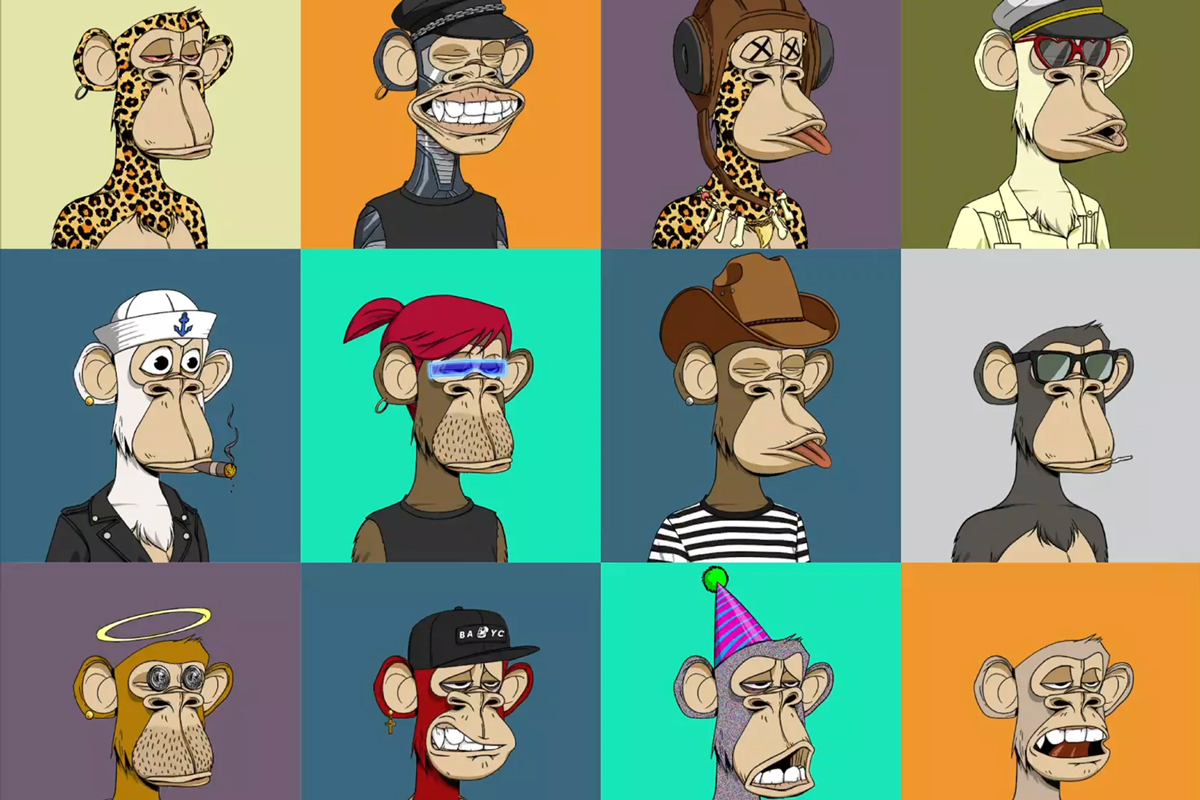
The popularity of the Apes has significantly been increased by famous people starting to take interest in these avatars. Ape Tokens are owned for example by Jimmy Fallon, Paris Hilton, Eminem, and even by brands such as Adidas.
2. Collectibles NFTs
Collectibles are prized possessions that collectors are after, and this is why NFTs are a great match for the market with their provable scarcity and blockchain-backed value that they can offer.
Currently, the global collectibles market is valued at $400 billion and it’s expected to keep on growing, passing §600 billion in 2031. With NFTs providing a great alternative for traditional collectibility practices, it’s quite likely that the collectibles market will really continue to grow at high speeds.
And this makes the use case of NFTs in collectibles perfectly clear. Collectibles have always resembled something rare - be it a football trading card, unopened box of Star Wars action figures, a ticket to see Hendrix at Woodstock in 69, or other unique and irreplaceable objects.
And now it’s possible to claim the ownership and sell, buy, and trade of those items on the blockchain.
Example of collectibles NFTs - digital toys
Some big brands like Mattel, Hasbro, and Funko have joined the NFT space which is definitely paving the way for bringing tokenized physical collectibles into the mainstream and changing the ways fans perceive collectibles’ value.
Mattel has launched their NFT auction offering three unique Barbie and Ken avatars who are wearing exclusive items from the Balmain x Barbie collection. The highest bidder will receive both the avatar and a physical, one-of-a-kind Barbie outfit that their avatar is wearing.

As authenticity and originality are the main principles of NFT collectibles, it’s a rather logical step for collectible toy companies to provide additional value for their customers by offering rare items to be backed up by blockchain technology.
3. Sports moments NFTs
Hand in hand with collectibles, there are sports moments’ non-fungible tokens. Since 2021 numerous top-tier sporting corporations, teams and athletes have embraced NFT technology to create unique in-game moments and provide fans the chance to have ownership over top-tier collectibles.
Sports NFTs include digital trading cards, signed sports memorabilia, video clips of famous sports moments, and more.
Sports moments NFTs example - Top Shot
One of the best examples of sports NFTs is the NBA's Top Shot - an NFT marketplace developed in partnership with the national basketball association that is focused on providing fans with some of the most iconic moments in basketball.
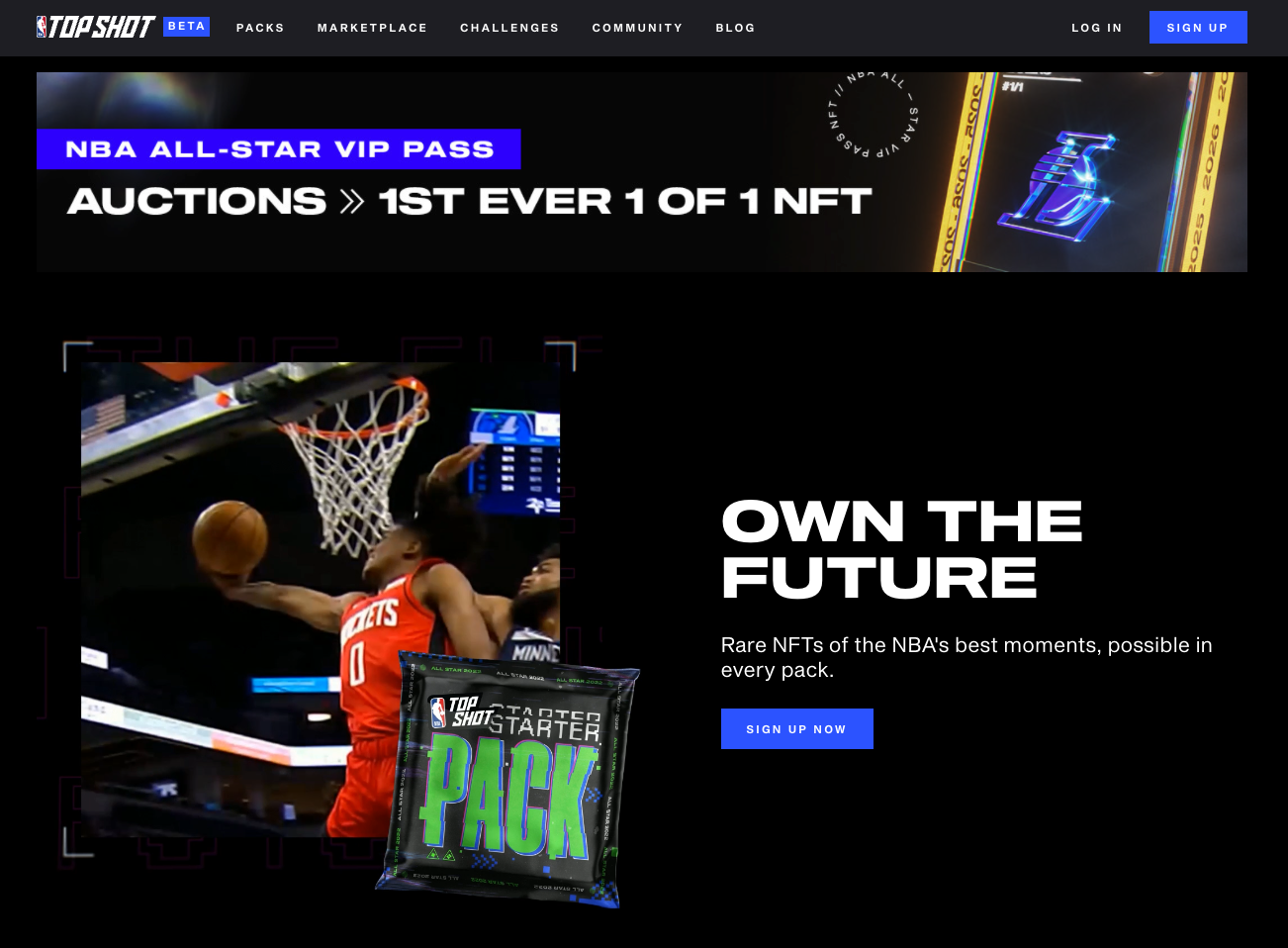
Every on-court video, heroic action shots, games stats, etc. listed on NBA Top Shot is secured on blockchain as an NFT and can then be bought, sold, and traded directly on Top Shot’s marketplace.
Sports moments NFTs example - DraftKings
Besides the NBA, other sports corporations have also stepped into the NFTs sphere and are offering high-value sports memorabilia. One of those is DraftKings who have taken an approach of selling autographs as NFTs.
On their marketplace, it’s possible to buy autographs by Tom Brady, Simone Biles, Tony Hawk, and others.
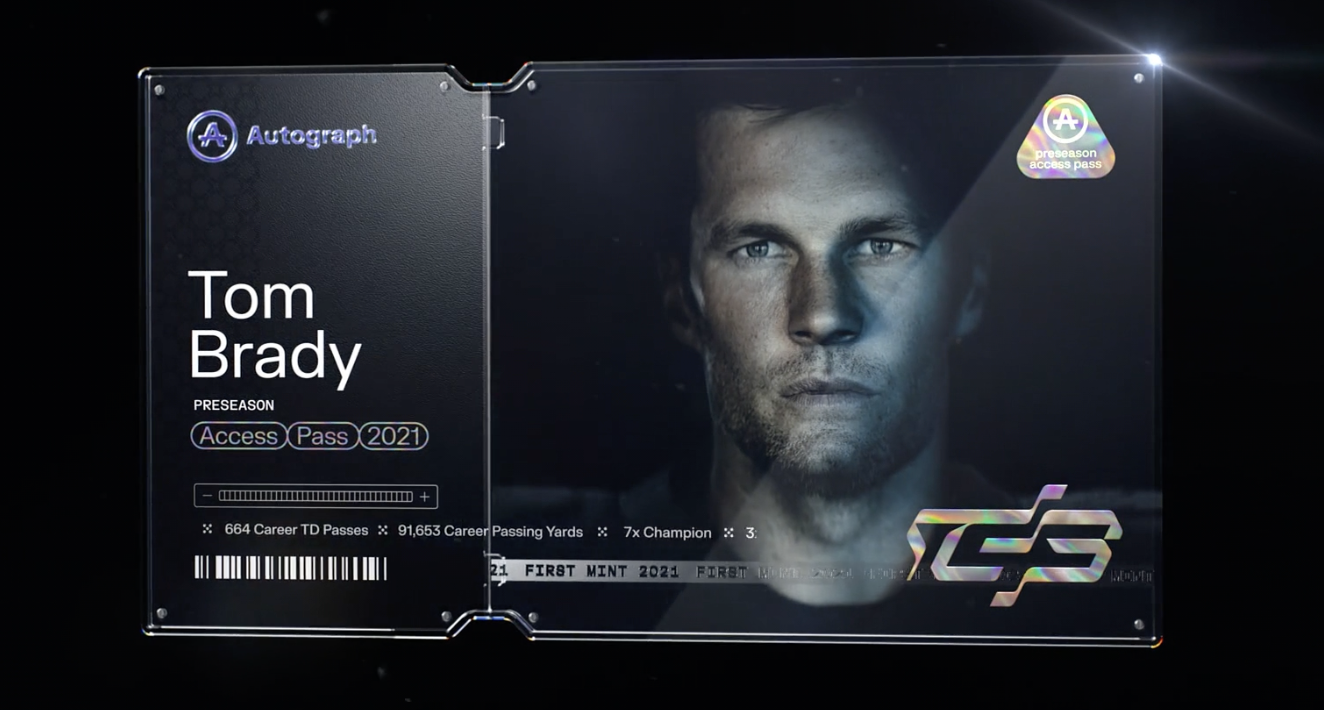
If you’ve been wondering what types of NFTs are selling, sports NFTs are inarguably very popular. Both Top Shot’s and DraftKings’ popularity has been so great that companies have had to include a virtual waiting room to keep up with the demand.
4. Music NFTs
The music industry has always been tightly bound to technology, and various technological advancements have shaped how music is produced, performed, preserved, and consumed.
Now that consuming music is dominated by streaming services like Spotify or Apple Music, it has become challenging for artists to generate revenue in the industry's oversaturated market.
This is where NFTs come into play offering an opportunity to change the unfair structure that musicians have to face today.
Music NFTs are still taking baby steps to become mainstream but in essence, non-fungible tokens allow musicians to have more direct artist-fan interactions as well as have financial benefits from tokenization of their work that they are able to exchange for real-world economic value.
Example of music NFTs - Kings of Leon
Last year in March, Kings of Leon became the first band to release an album (“When You See Yourself”) as an NFT that generated over $2 million from sales during the first week of its publication.
So why would anyone wish to purchase an album as an NFT? Each unique token contained an exclusive album artwork as well as limited edition “Golden Eye” vinyl. Furthermore, six “Golden Ticket” auctions were launched guaranteeing the owner four front-row seats to one show of every Kings Of Leon headline tour for life.
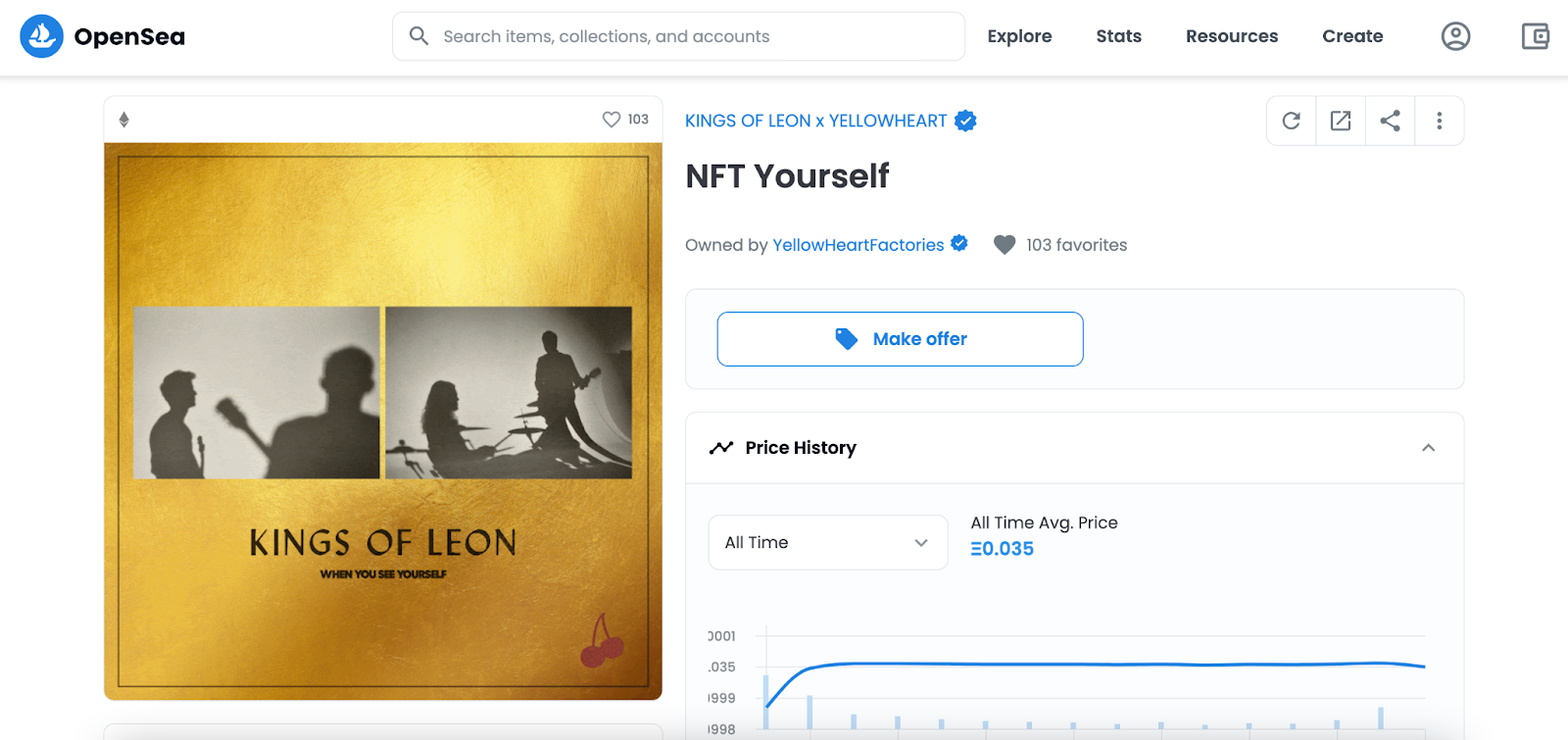
Their album was on sale as an NFT only for a few weeks and after that, all remaining limited edition collectible tokens that weren’t sold were burned and no more will ever be made ensuring the rarity of the ones in circulation.
5. Gaming NFTs
Gaming is a very popular concept with 3.1 billion people participating in the activity worldwide, and players have been buying in-game virtual goods for decades.
So far, the utility of these items has been limited to the games’ own centralized architectures. For instance, when buying a skin in a regular game, the ownership of the item is often tied to your account without having any real-life value.
NFTs provide a broader external alternative to the goods bought in the games allowing you to sell and trade your items. Moreover, games that offer a “play-to-earn” model allow players to earn NFTs and exchange their virtual in-game assets for real-world economic value, such as crypto or fiat.
Example of game NFTs - CryptoKitties
CryptoKitties is one of the first instances of gaming NFTs and dates back to 2017. The game has a Pokemon-style approach that lets players purchase, collect, breed as well as sell virtual cats that have different visual features and varying levels of rarity.
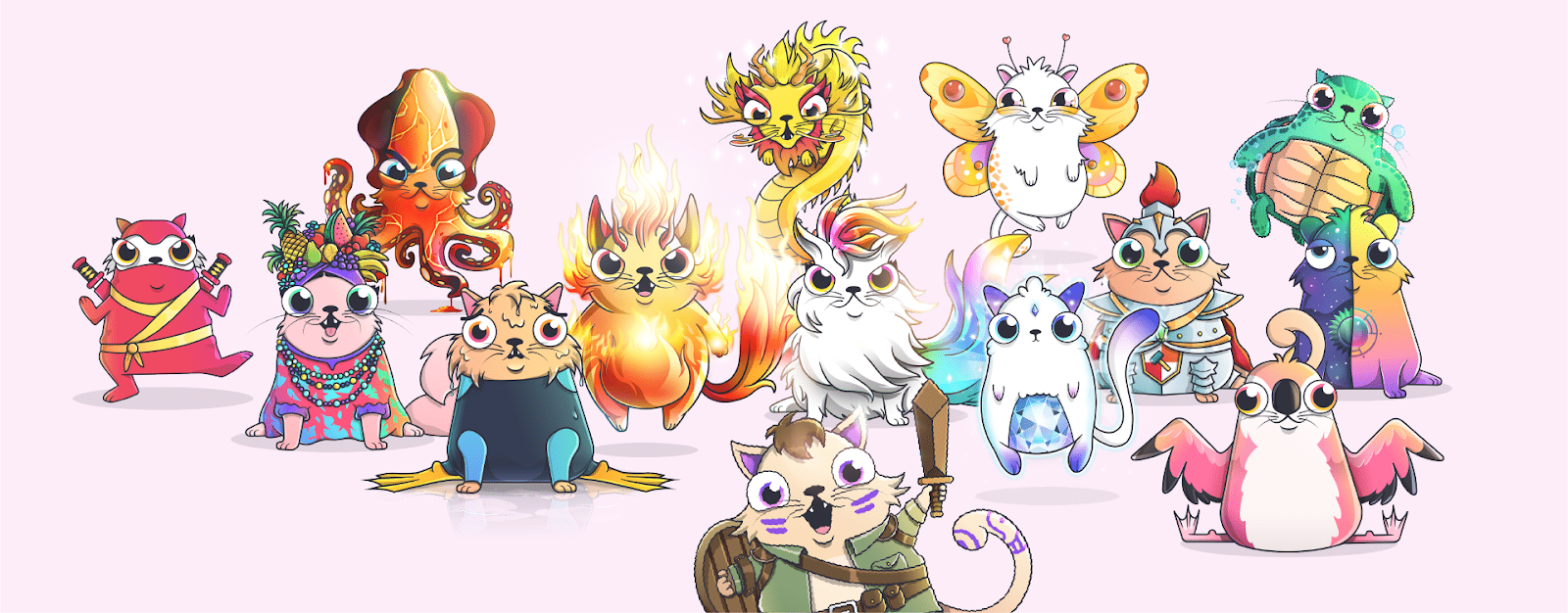
Each of the CryptoKitties is by itself a non-fungible token and new CryptoKitties are created by breeding the exciting ones thus generating more unique NFTs.
6. Fashion NFTs
Fashion brands such as Gucci, Nike, Louis Vuitton, Adidas, and many more have also hopped on the non-fungible token train and are establishing digital collections that are bringing in quite a bit of extra revenue.
While at first glance, fashion NFTs can be a little hard to grasp, there is actually a rather logical process for implementing NFTs into the high fashion domain.
Fashion has always been an ever-changing dynamic industry that is producing seasonal items and collections. With the help of NFTs, it is possible for them to immortalize these items and generate a market in the digital sphere.
Example of fashion NFTs - Adidas
Adidas partnered up last with Bored Ape Yacht Club, Punk Comics, and GMoney to generate a unique metaverse experiment for fans and to celebrate their entry into the blockchain world. And the event truly was successful.
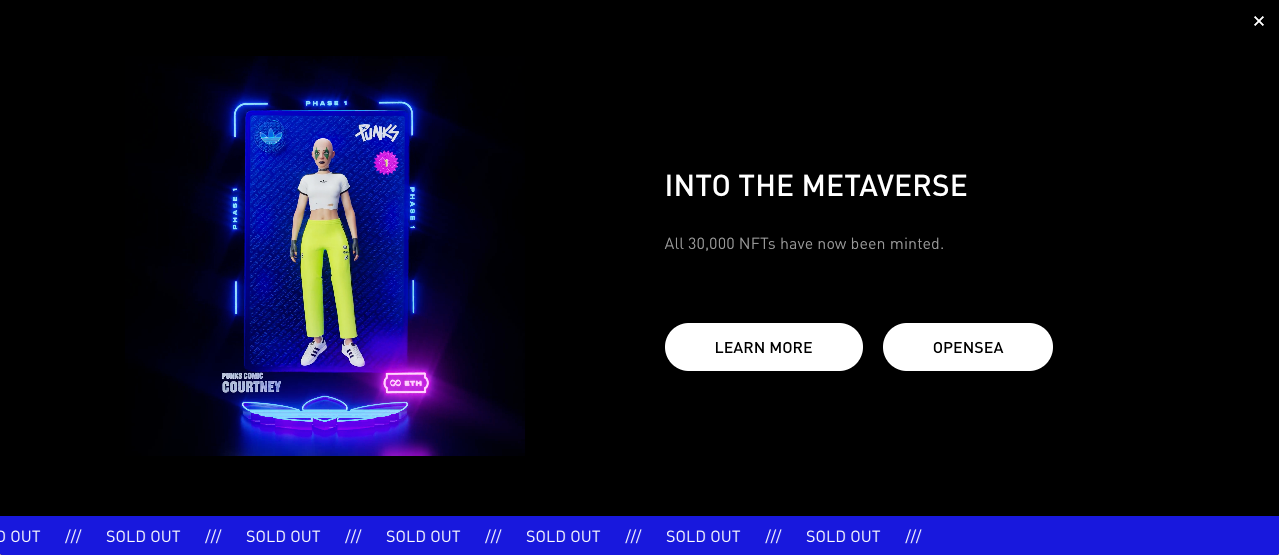
They managed to sell more than $22 million in NFTs within only a few hours after going on sale. The token holders received both physical and digital perks and unique assets to hold or trade in the future.
Summing up the NFTs
Looking at different types of NFTs, it becomes clear that while any digital asset can be turned into an NFT the actual value of such tokens comes from it being desirable enough for fans of different brands and movements to see these items as rare collectibles or part of history.
So whereas you could turn a photo of your dog into an NFT, there likely is no need to do so unless your dog is a “Doge” meme from 2010, which was sold for $4 million last June.
However, with big brands in different industries going along with the NFT hype the entire subject is gaining more awareness and can pave the way towards the mainstream adoption and appeal of blockchain and NFTs.